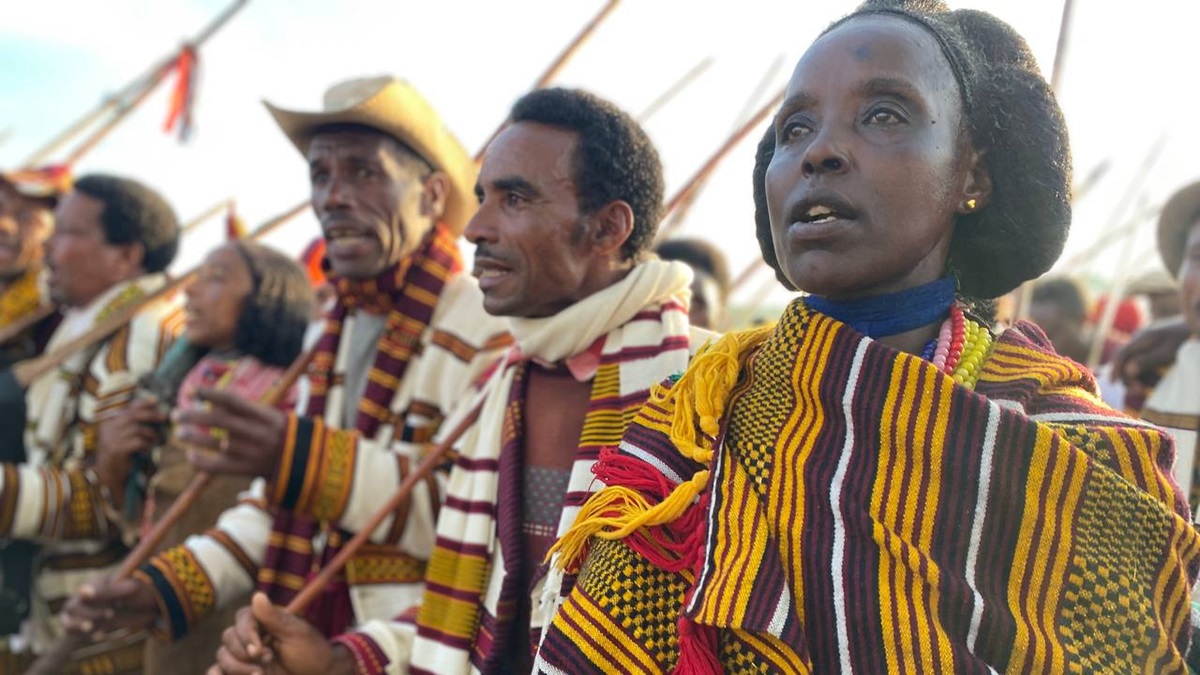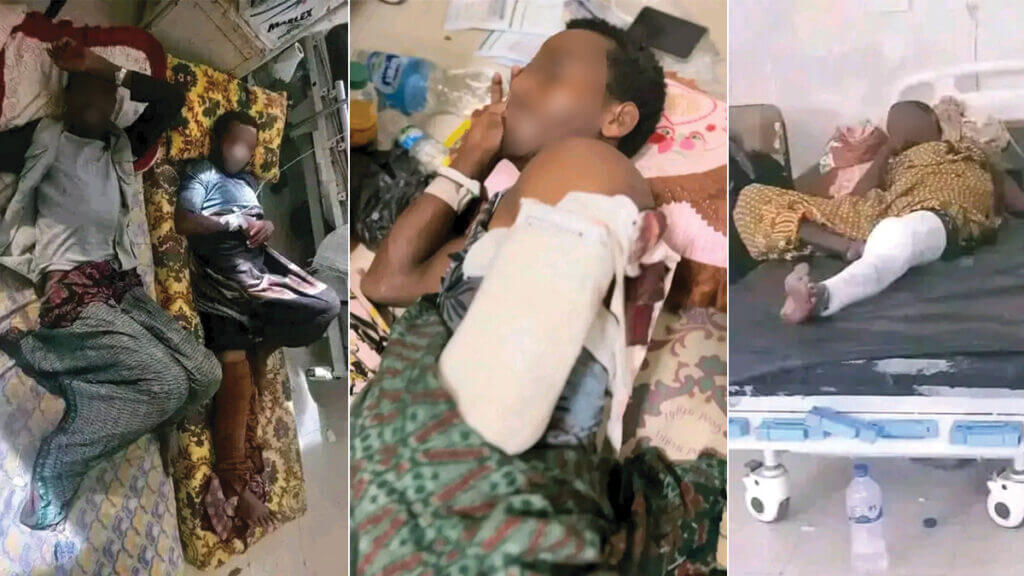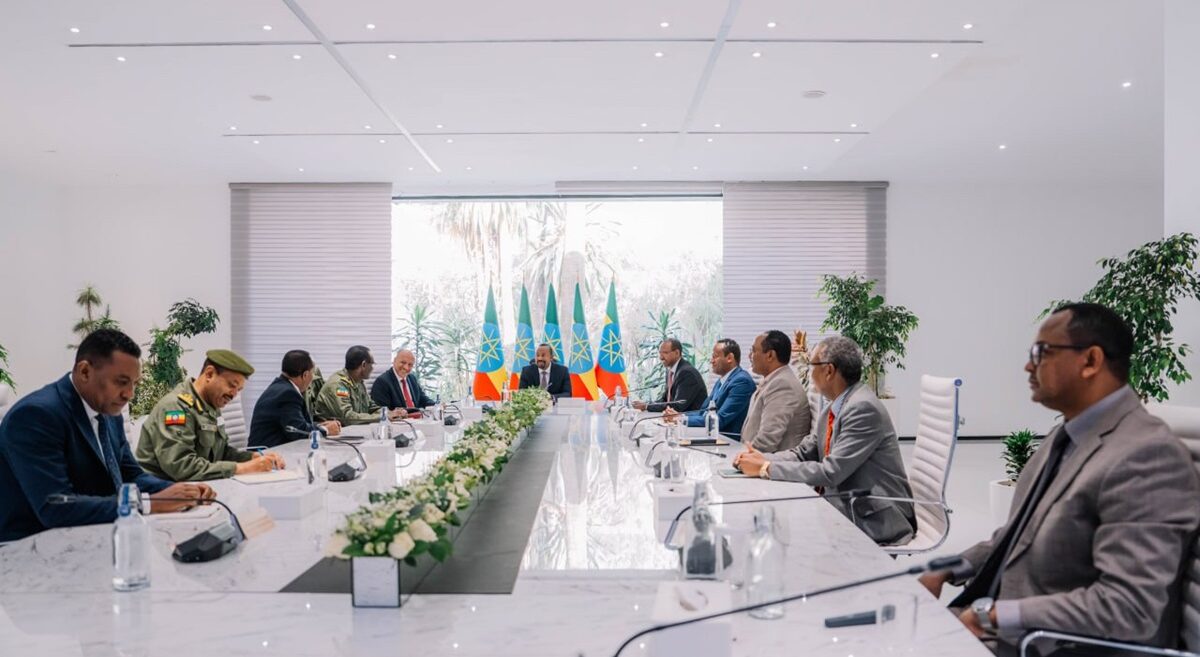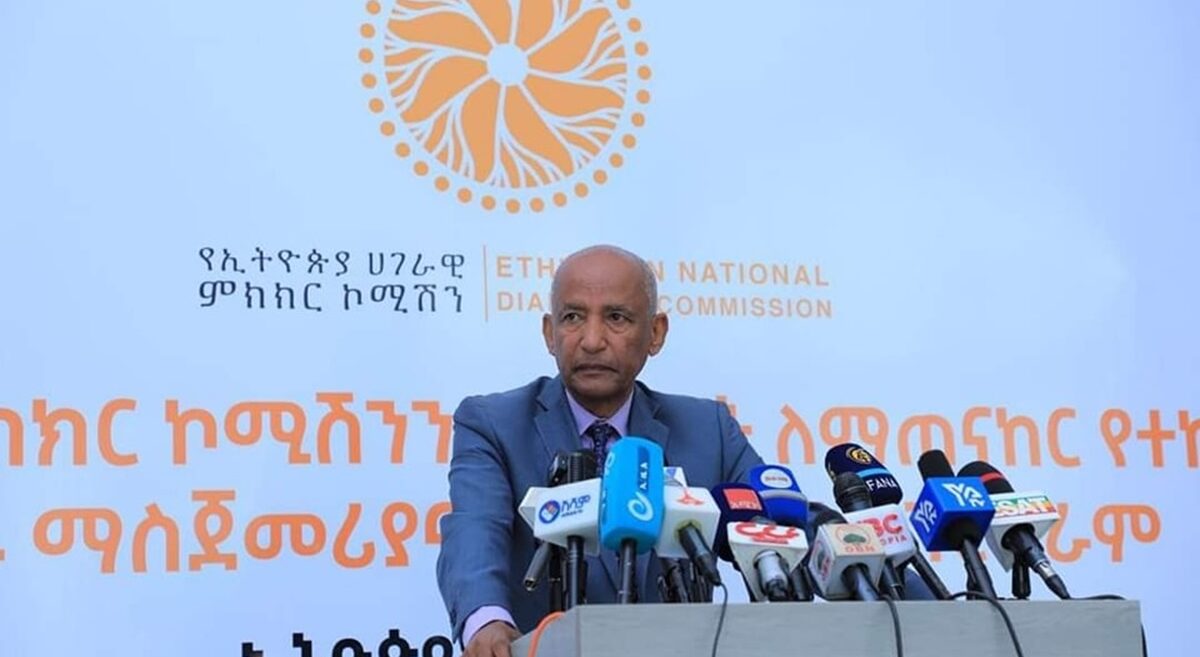Somalia: Drought, environmental degradation, and illusive development

By Faisal Roble @faisalroble19
Part I
Introduction
Addis Abeba – Somalia has become synonymous with a drought-stricken country. But it was not always like this. What happened and what to do about Somalia’s recurrent droughts or famine is of immense interest. In part I of this essay, we will shed light on the origins and causes of famine, and in part II, we will focus on what to do about it.
To understand Somalia’s current predicament, one has to look at its colonial history and also question the model of development it chose after independence. Arguably, both its past and present journey to attain a sustainable state that can adequately provide critical services have seemingly conspired against it and ultimately perpetuated famine.
One theory that is long discredited in what precipitates drought or retards economic development is the “geographic theory.” “Geographic theories’ mostly advanced by many scholars from the Northern hemisphere mainly listed a number of factors, including torrential tropical rain, poor soil quality and high heat levels that work against communities located in the tropics. (Daron Acemogulu & James A. Robinson, 2013). In this essay, however, enough focus will be given to climate change and the wrong economic development paradigms that are the root causes for environmental degradation which lead to recurrent droughts.
Unpacking what had happened could help us chart a better road to not repeat the same mistakes.
Origins of Somalia’s Droughts
At first glance, it would seem that land use practices, including but not limited to, overgrazing and burning trees for charcoal are the main culprits of droughts. In the case of Somalia, as in many Sub-saharan African countries, drought easily deteriorates into starvation and famine.
Historically speaking, starvation in Somalia, as is in most of Sub-saharan Africa, is a postcolonial phenomenon resulting from a complex of international and national political mishaps that are yet to be un-bundled. Susan George, in her 1976 seminal book, “How the Other Half Dies,” holds Western corporations, by extension their governments, responsible for the food crisis third world countries face. She argued this: “The multinational agribusiness corporations, Western governments with their food ‘aid’ policies and supposedly neutral multilateral development organizations share responsibility for the fate of the undeveloped countries. Working with local elites, protected by the powerful West, the United States paves the way and is gradually imposing its control over the whole planet.”
“…in a broader perspective it is plausible to argue that contemporary climate change is intertwined with how the West extracts resources and how it intentionally denigrates global climate.”
The book was published around the same time the World Food Conference was held. Half a century later, the reality of third world countries would lend hand to critics of the West for its incisive, empty but feel-good high-priced conferences on climate change and drought.
However, in a broader perspective it is plausible to argue that contemporary climate change is intertwined with how the West extracts resources and how it intentionally denigrates global climate. Given its large carbon footprint and GreenHouse Gas (GHG) effects to satisfy its insatiable appetite for consumer goods, the West is by far the source of contemporary climate change which results in droughts.
Past history is still weighing heavy on Somalia. The destruction of its ecology started in the 1900s. Before the globetrotting East Indian company hit the shores of Somaliland in the late 1800s, Somalis were food self-sufficient. To this date, Somalia is blessed with one of the highest livestock/per person ratios in the world. Add to that millions of hectares of arable land along the two riverine regions.
In 2005, for example, even with a weak government, arable land topped at 1,359,000 hectares. If one accounts for (1) the underutilized farming lands in the foothills of Sanag and Bari region, two areas known to have what geographers call “Mediterranean type weather,” which is fit for farming, and (2) maritime resources that are under-exploited, Somalia is resource rich and must have abated starvation.
If so, why are its people dying from hunger in 2022? The genesis of starvation lies in the extraterritorial extractive colonial era that created a disequilibrium of Somalia’s economy. Without any compensation, Somalia served as the sole source for food for the British soldiers in the Middle East. Between 1898 and 1905, British Somaliland Protectorate was used as a source of “supply for mutton on the hoof to their garrison in Aden (Ali, Ismail, 2010).
More often than not, the British looted hundreds of thousands of Somali livestock from the then British Somaliland and the Ogaden regions to feed its soldiers. All this is done without any compensation and also at the expense of the country’s ecology and environmental wellbeing. Arguably, both the current ecological and environmental degradation were set in motion under the colonial era.
After 100 years of colonial abuse socially, politically, and environmentally, Somalia became independent 62 years ago to this date. But it inherited an economy of “debris”, to use a term aptly utilized by Ashraf Ghani in his persuasive book of “Fixing Failed Nations.”
Even so, throughout the 1970s. Somalia’s post colonial state drew 70% of its hard currency from the export of livestock to the middle east. Exportation of tropical fruits to the then EEC, now the EU, also made a healthy 30% of its hard currency. However, left in the hands of rent-seeking managerial class, the export substitution model of development completely ignored investing in both livestock and agricultural sectors.
Worse, the state did not adequately and strategically invest in the rural sector; Animal husbandry was neglected; dams to provide water to the pastoral sector were not built. Meanwhile, government policies shifted agriculture from food production to export oriented fruits. Earned hard currency was often used to buy military hardware or consumer goods needed by urban dwellers.
Another devastating factor that worked against farmers is Barre era policies which regulated food prices in favor of urban dwellers. Government agencies set prices in disfavor of peasants, thus forcing peasants to withdraw from the market (see Goran Hyden’s “Beyond Ujamaa” and how peasants respond to unfavorable market policies). Consequently, peasants felt better off to raise watermelon and other unregulated luxury fruits than food items such as corn or beans. By the 1970s, Somalia’s food production system had collapsed and its peasants stopped farming for food production. The 1990s civil war and the ensuing collapse of the entire state were the last nail on the coffin.
Unfavorable market conditions also negatively impacted the livestock sector. The marketing system of livestock encouraged “over-circulation of a single commodity without adding a value,” thus emptying the pocket of peasants in favor of urban-based petty traders. “One single goat or sheep passed through seven hands, where no single hand added any value. (see the Political Economy of Livestock Marketing in Somalia by Abdi Samatar, Lance Salisbury, and Jonathan Bascom argued in an article they co-published). In the final analysis, state policies also became a factor in the destruction of Somalia’s food sector.
“Unfortunately neither Somali leaders nor Somali victims of famine saw the bulk of this money. Of the $900 million, only about 15% was earmarked for budgetary support and for development projects.”
Somalia continued throughout the 1980s to produce commercial fruits at the expense of food production thanks to the Italian Mafia who monopolized Somali fruits export to the then EEC.
Wolfgang Actner wrote in 1993, following Italy’s sinister role in Somalia wrote this: “The agony of Somalia has its roots in the endemic political corruption of Italy. Throughout the 1980s, Italian politicians and businessmen used the country, once a colony of Italy’s, as a playground for huge construction projects that either did little to help the local population or actually disrupted and damaged Somalian society.” The agricultural sector was most damaged by Italy’s negative role in Somalia.
Somalia: Beware of Relief Aid
Relief aid is a complicated matter albeit a double edged sword. To the unsuspecting eye, Susan Goerge’s indictment of the West as the force that largely causes starvation may not sit well with the relief efforts provided to Somalia and elsewhere in Sub-saharan Africa. In 2021, for example, Somalia’s relief aid reportedly topped about $900 million. Of course this is a huge amount of money. Properly used, it should have helped Somalia tackle the 2021 famine as well as address some of its development goals.
Unfortunately neither Somali leaders nor Somali victims of famine saw the bulk of this money. Of the $900 million, only about 15% was earmarked for budgetary support and for development projects. The rest of about $800 million never came to the national government. Monies are funneled to Western-run contractors and NGOs. Even of the 15% that is meant to help in development projects, the Somali government can only use it as prescribed by Western agencies such as World Bank, IMF, and other entities that are close to donors.
According to Themrise Khan, an international development professional, “aid was meant to rebuild countries after the end of colonial rule but had ended up being a vehicle for former colonizers to continue to control most of their former colonists by holding them ransom to aid”. Moreover, a report commissioned by the British MP lashed out on foreign aid workers and contractors. It said that the “MP report found UK staff working under Foreign, Commonwealth and Development Office (FCDO) contracts who were overwhelmingly white, were paid significantly more than people hired locally. One UK staff member was paid 10 times more than a locally employed colleague.”
If the West is serious about helping Somalia, it will revisit its relief aid policies and assess both its management and the actual beneficiaries. The current system is broken and is failing to hit the intended target. Somalia also needs to re-evaluate the whole politics of relief aid and how best it can be utilized.
Part II will examine Somalia’s Real Priorities.
———–
Editor’s Note: Faisal Roble, a writer, political analyst and a former Editor-in-Chief of WardheerNews, where this article first appeared, is mainly interested in the Horn of Africa region. He is currently the Principal Planner for the City of Los Angeles in charge of Master Planning, Economic Development and Project Implementation Division.He can be reached at: faisalroble19@gmail.com







